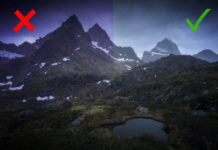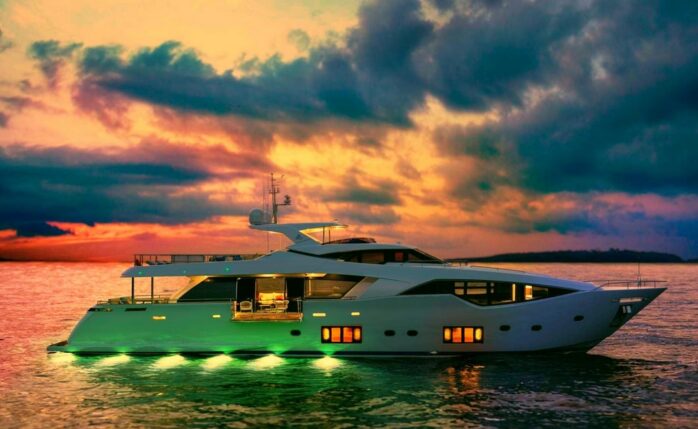
Embarking on a blue cruise is a unique experience, blending the beauty of the sea with the serenity of sailing. It’s a perfect opportunity to create lasting memories, and what better way to preserve these moments than through photography? Capturing the essence of your journey on a blue cruise not only allows you to relive these moments later but also to share the beauty of your experience with others.
Photography on a blue cruise presents its own set of challenges and opportunities. The endless ocean, the changing light, and the movement of the boat offer unique scenarios for photographers. Whether you’re a seasoned photographer or just someone who loves taking pictures, the tips in this article will help you take better photos, making your memories even more vivid and special.
In the following sections, we will explore various techniques and tips that will enhance your photography skills during a blue cruise. From understanding the light on the sea to capturing the candid moments of joy, each tip is designed to help you make the most of your photography experience.
1. Understanding the Light on the Sea
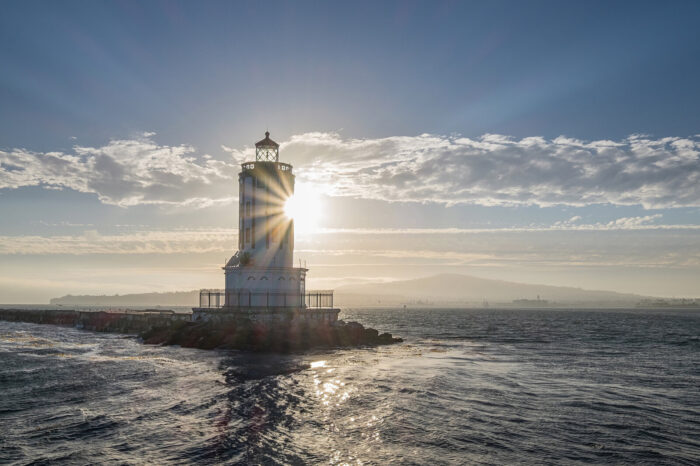
Photographing the sea during a blue cruise presents unique challenges and opportunities, especially when it comes to lighting. In order to immortalize your private boat rental charter in Turkey, you need to pay attention to some issues regarding photography. Light is a very important element in photography, especially in the dynamic environment of the ocean. The best times for ocean photography are generally early morning and late afternoon, as these times offer optimal lighting conditions. Sunrise and sunset provide soft, warm light that can significantly enhance the beauty of the sea.
To capture the sea in all its glory, it is important to understand how light interacts with water. On sunny days the sea can be incredibly bright, causing harsh shadows and areas being exposed to excess light. Using a flash in these situations can help balance the light, especially when photographing people at the beach, ensuring the light is distributed evenly across the subject’s face. Additionally, consider using a polarizing filter. This accessory can intensify the blue of the sky and significantly reduce glare, allowing the true colors of the ocean to shine through, making your photos more vibrant and clear.
When it comes to capturing the vastness of the sea, pay attention to the horizon. A well-aligned horizon can give your photos a sense of balance and harmony. Also, don’t be afraid to try different shutter speeds. A slow shutter speed can create a dreamy, blurry effect on the water, while a fast shutter speed can capture the dynamic movements of the waves.
In the next section, we’ll examine tips for capturing the beauty of the ocean, highlighting the importance of colors, textures, and movement.
2. Capturing the Beauty of the Ocean
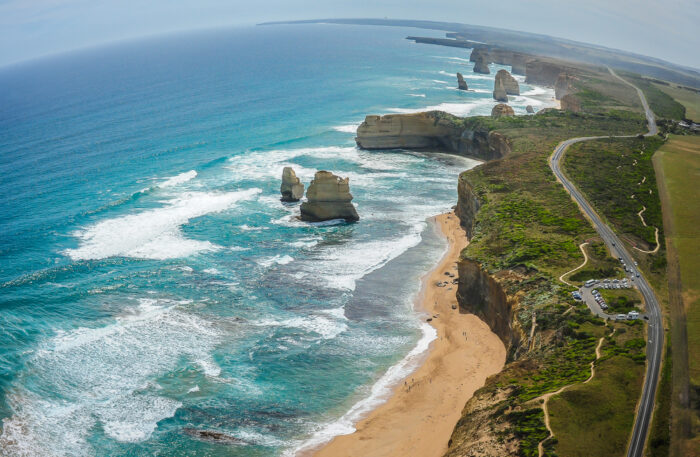
The ocean is a captivating subject for photographers, offering a tapestry of colors, textures, and movements. To capture the ocean’s beauty effectively, it’s important to focus on these elements and understand how they can contribute to the overall impact of your photographs.
- Colors: The ocean’s color palette can range from deep blues to vibrant turquoises, depending on the time of day, weather, and depth of the water. Experiment with different angles and times of day to capture the full spectrum of colors the sea has to offer.
- Textures: The sea’s surface, whether calm or stormy, presents a variety of textures. Capture the smooth, mirror-like quality of calm waters or the dramatic, churning waves during windier conditions.
- Movements: The ocean is never still. Use a fast shutter speed to freeze the action of waves or wildlife, or a slower speed to capture the graceful, flowing movement of water.
Remember, the key to great ocean photography is observation and patience. Watch how the light plays on the water, how the colors change with the weather, and how the movements of the sea vary from moment to moment. Each of these aspects offers a unique opportunity to capture stunning, dynamic photographs that reflect the true essence of the ocean.
In our next section, we will explore techniques for photographing people on board, focusing on capturing the joy and relaxation of those experiencing the blue cruise.
3. Photographing People on Board
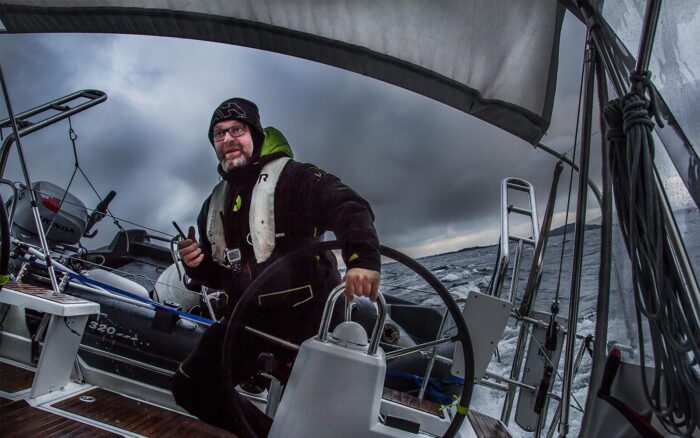
Capturing the human element during a blue cruise adds a personal touch to your photo collection, showcasing the joy and relaxation of the experience. When photographing people on board, it’s essential to balance candid moments with posed shots to create a diverse and authentic portrayal of the cruise experience.
For candid photography, observe your subjects discreetly. Look for natural interactions, expressions of joy, contemplation, or the simple act of someone lost in the beauty of the sea. These spontaneous moments often make for the most memorable and emotive photographs. Remember to respect people’s privacy and space – candid doesn’t mean intrusive.
Posed photography, on the other hand, requires a different approach. Engage with your subjects, helping them feel comfortable and relaxed in front of the camera. Consider the background and lighting when composing your shot. The vast sea, the horizon, or parts of the yacht can serve as beautiful backdrops that enhance the photo’s context. Use natural light to your advantage; early morning or late afternoon light can cast a warm, flattering glow on your subjects. Encourage natural poses and expressions to capture the essence of their blue cruise experience. When photographing individuals or groups, pay attention to their positioning to ensure everyone is well-lit and in focus, creating a harmonious composition that tells a story of their journey.
In the next section, we’ll delve into landscape photography from the deck, offering tips on how to capture the breathtaking vistas and seascapes that define the essence of a blue cruise.
4. Landscape Photography from the Deck
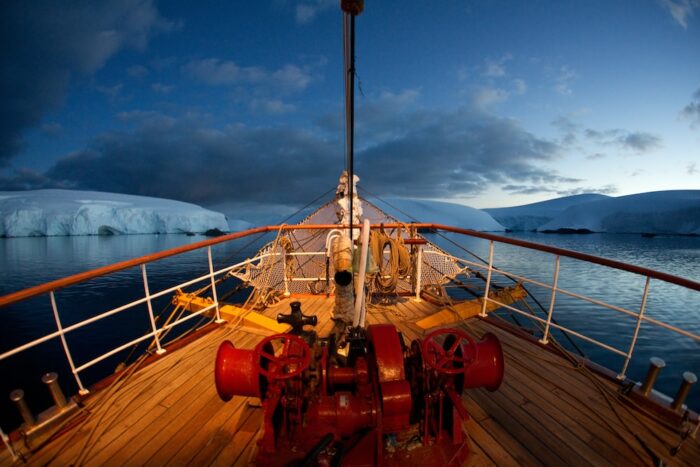
Landscape photography from the deck of a yacht during a blue cruise offers a unique perspective on the natural beauty of the sea and the surrounding landscapes. When capturing these scenes, it’s important to consider composition, lighting, and the use of the yacht’s features to enhance your shots.
The expansive view from the deck allows you to capture the meeting of the sky and sea, creating stunning horizon shots, or to focus on specific features of the landscape, such as distant islands, coastlines, or the play of light on the water. Utilize the rule of thirds to create balanced and interesting compositions, placing the horizon either one-third from the top or bottom of the frame, rather than in the center. Experiment with different focal lengths to either capture wide, panoramic views or to zoom in on specific details that catch your eye.
Remember, the movement of the yacht can add an element of challenge to landscape photography. A steady hand or the use of a tripod, if feasible, can help in getting sharp images. Also, be mindful of the time of day and weather conditions. Early morning and late afternoon light can dramatically enhance the colors and textures of the sea and sky, while different weather conditions can create unique and dramatic photographic opportunities, from serene sunsets to stormy skies.
In the following section, we will explore the various camera features and settings that can be used to enhance your photography during a blue cruise, covering aspects like exposure, focus, and creative modes.
5. Utilizing Your Camera’s Features
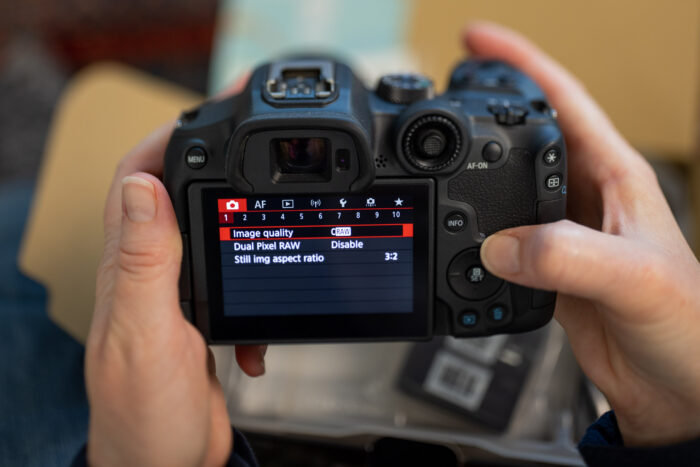
Enhancing your blue cruise photography involves understanding and effectively using your camera’s features and settings. By mastering these, you can adapt to different scenarios on your cruise and capture stunning photos.
- Exposure Settings: Adjust the exposure to suit the bright sea and sky. Use a lower exposure for bright days to avoid overexposed photos, and a higher exposure in lower light conditions.
- Focus Modes: Utilize autofocus for quick, sharp images, especially for moving subjects like wildlife or action on the boat. For static landscapes or posed portraits, manual focus can give you more control.
- Creative Modes: Experiment with your camera’s creative modes, such as panorama for wide seascapes or macro for detailed close-ups of objects on the boat.
In the second paragraph, you would elaborate on these points, providing additional context and tips on how to use these features effectively in different situations encountered during a blue cruise. For instance, discuss how to balance the need for quick autofocus in dynamic environments while also exploring the creative possibilities offered by manual settings for more composed shots.
In the next section, we will delve into creating a story with your photos, focusing on how to weave individual images into a compelling narrative of your blue cruise experience.
6. Creating a Story with Your Photos
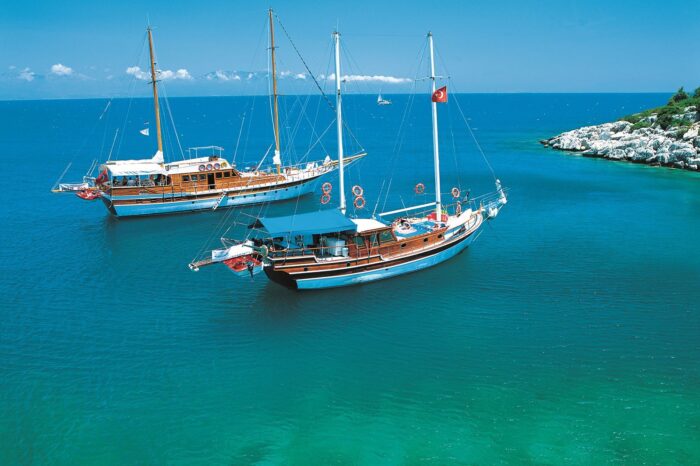
Photography is not just about capturing moments; it’s about telling a story, especially during a unique experience like a blue cruise. To create a visual narrative with your photos, think about the journey as a whole and the story you want to tell. Start with wide shots that set the scene, showing the yacht and the vast ocean. These can act as your opening shots, giving a sense of place and scale. As the narrative progresses, include a mix of different types of photos: landscapes, close-ups, candid shots of people, and detailed images of life on board. Each type of photo adds a layer to your story, offering different perspectives and emotions. Pay attention to the sequence of your photos; the order should make sense and guide the viewer through your journey, from the excitement of setting sail to the tranquility of sunset views.
A good story has a beginning, a middle, and an end. Your photo story should follow this structure too. End with images that bring closure to your journey, such as a beautiful sunset, a final gathering of the crew and passengers, or a shot of the yacht returning to harbor. These concluding images should leave the viewer with a sense of completion and a lasting impression of the cruise’s atmosphere.
In our final section, we’ll wrap up the article with a conclusion and a call to action, encouraging readers to embark on their own blue cruise adventure and visit the provided link for more information.

